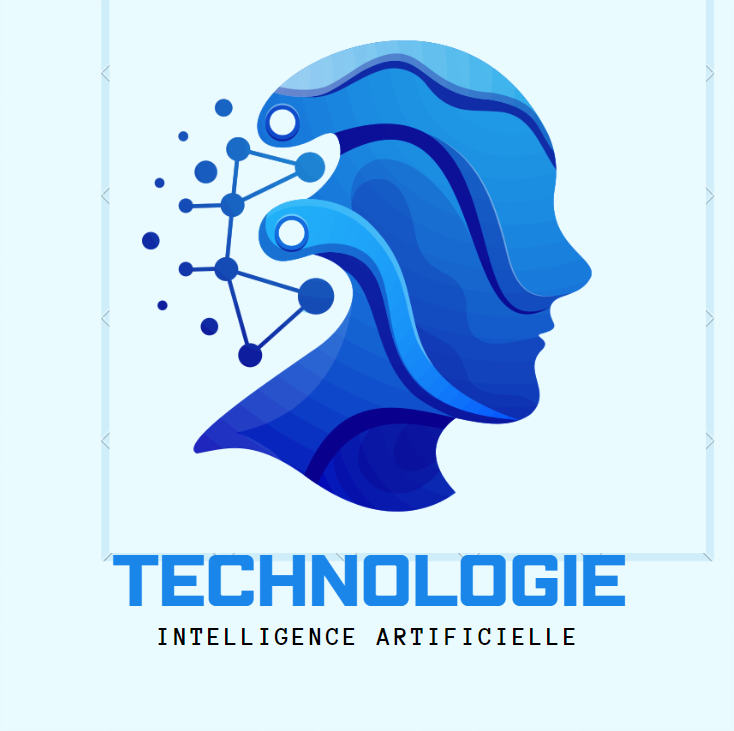Introduction to Machine-to-machine communication
Machine-to-machine communication, often abbreviated as M2M, is a field of technology that facilitates the exchange of information between different devices, machines or sensors without direct human intervention. This form of automated communication opens the way to a multitude of innovative applications in various fields, ranging from industry to health, agriculture and logistics.
M2M relies on wireless or wired communication technologies that allow devices to connect to each other and exchange relevant data. This data may include environmental measurements such as temperature, pressure and humidity, location data, monitoring information or any other type of information relevant to a specific application.
what is m2m technology?
M2M technology, or Machine-to-Machine technology, refers to the automated communication between devices, machines, or sensors without requiring human intervention. It enables these devices to exchange data, commands, and information seamlessly, contributing to the automation and optimization of various processes across different industries.
example of m2m communication
An example of M2M communication is a smart vending machine that automatically monitors its inventory levels and communicates with the supplier's system to reorder products when stock is low. Here's how it works:
- Sensors in the Vending Machine: The vending machine is equipped with sensors that monitor the quantities of products inside, such as snacks, beverages, and other items.
- Data Collection: These sensors continuously collect data on the inventory levels of each product type, tracking when quantities fall below a certain threshold. Transmission of Data: Using M2M communication technology, the vending machine transmits this inventory data over a wireless network, such as a cellular network or Wi-Fi, to a central server or cloud platform.
- Central System Processing: The central system receives the data from multiple vending machines and processes it in real-time. It analyzes the inventory levels, identifies low-stock items, and generates replenishment orders as needed.
- Order Fulfillment: Upon receiving the replenishment orders, the supplier's system automatically prepares and dispatches the required products to the respective vending machines.
- Product Refill: The products are delivered to the vending machines, where they are restocked by service personnel or through automated mechanisms, ensuring that the machines are always well-stocked with fresh inventory.
This example illustrates how M2M communication enables the automation of inventory management in vending machines, streamlining the restocking process, reducing the risk of stockouts, and improving overall operational efficiency. Similar M2M applications can be found in various industries, such as fleet management, industrial automation, environmental monitoring, and healthcare, where connected devices communicate and collaborate to optimize processes and deliver value.
what are the benefits of M2M?
Machine-to-Machine (M2M) communication offers numerous benefits across various industries and applications. Some of the key advantages include:
- Automation:M2M enables the automation of processes and tasks that were previously performed manually, leading to increased efficiency, reduced labor costs, and fewer errors.
- Real-Time Monitoring: M2M allows for real-time monitoring of assets, equipment, and environmental conditions, providing valuable insights into performance, usage patterns, and potential issues.
- Predictive Maintenance:By continuously collecting and analyzing data from connected devices, M2M systems can predict when equipment is likely to fail and proactively schedule maintenance, minimizing downtime and reducing repair costs.
- Improved Efficiency: M2M communication optimizes resource utilization, streamlines workflows, and eliminates bottlenecks, resulting in improved operational efficiency and productivity.
- Cost Savings: Through automation, predictive maintenance, and efficiency improvements, M2M can lead to significant cost savings over time, both in terms of reduced operational expenses and increased revenue opportunities.
- Enhanced Customer Experience: M2M enables businesses to deliver better products and services by offering personalized experiences, faster response times, and higher reliability, leading to increased customer satisfaction and loyalty.
- Remote Management:M2M allows for remote monitoring and control of devices and systems from anywhere with an internet connection, enabling businesses to manage operations more effectively and respond to issues promptly.
- Scalability: M2M solutions can easily scale to accommodate growing numbers of connected devices and expanding operations, making them suitable for businesses of all sizes and industries.
- Environmental Sustainability:By optimizing resource usage, reducing waste, and enabling more efficient processes, M2M contributes to environmental sustainability and helps organizations meet their sustainability goals.
- Innovation: M2M fosters innovation by enabling the development of new products, services, and business models that leverage connected devices and data insights to create value and drive growth.
Overall, M2M communication offers a wide range of benefits that can transform businesses, improve operations, and drive competitive advantage in today's increasingly connected world.
conclusion: Machine-to-Machine (M2M) communication is a transformative technology that enables automated interaction and data exchange between devices, machines, or sensors without human intervention. M2M communication facilitates remote monitoring, control, and optimization of processes across various industries and applications, from industrial automation and smart cities to healthcare, agriculture, and transportation.
التسميات
Machine Learning

